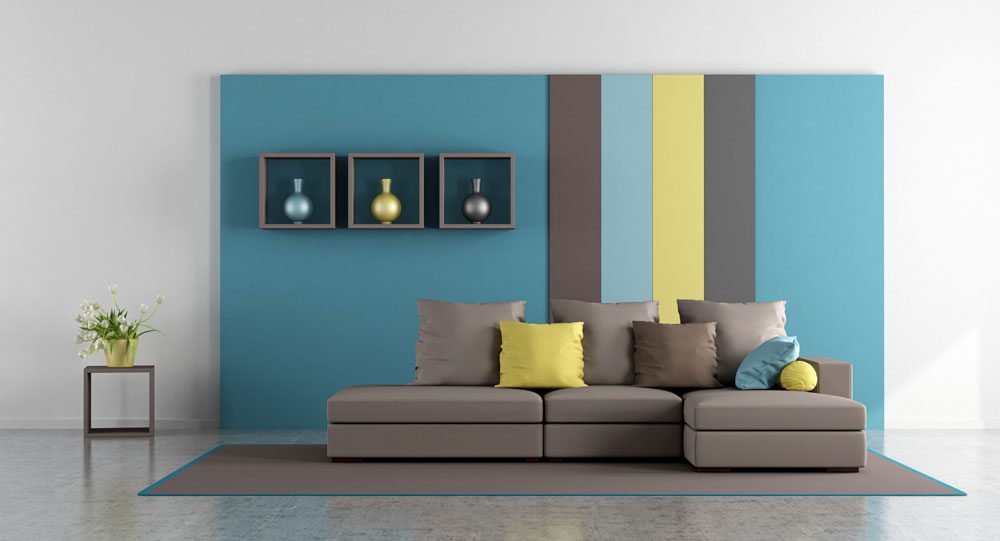Some fashions are meant to go together: the little black dress and high heels, Italian suits and silk ties, oxford shirts and pullover sweaters. The same is true of home fashion. Some color combinations—blue and yellow; green and pink; purple and brown; red, black, and white—are longtime partners that show no sign of splitting up soon.
These color combos have staying power for several reasons. They tend to be complementary on the color wheel and are soothing to the eye. They’re also naturally comfortable together; most are found in nature. Many classic color combinations are also linked to iconic images in culture. Blue and yellow? Vintage china patterns. Green and pink? English gardens. Purples and browns? Autumn flora and fauna. Red, black, and white? The American diner.
Though these classic combinations may be here to stay, they’ve been updated this year.
Take blue and yellow. Some of the top blues aren’t “true blues” but instead are blue-greens that are hard to pin down. Are they teal? Turquoise? It’s hard to say, because these new blues have depth and complexity. They also pair well with the full range of yellows on the market, including sunny yellows, which remain some of the most popular colors in the palette.
Purples and browns likewise are becoming more complex, both now influenced by gray. In fact, several paint companies have placed smoky purple at the top of the 2017 palette in colors ranging from amethyst to violet. These new purples are beautiful complements to charcoal and graphite, as well as to metallic versions of those colors.
Greens and pinks, meanwhile, are everywhere, in permutations that include sage and salmon, celery and apricot, and lime and rose. These combinations are especially popular in fabrics and upholstery—retail stores are filled with floral patterns in these colors—and look both classic and modern.
And what about red, black, and white? They, too, are a little more complex these days, with red leaning toward orange, black toward gray, and white toward cream. But the original versions remain popular, too—and could become even more so as we head into 2018.

 Interior Paints
Interior Paints Exterior Paints
Exterior Paints Primers
Primers Stains & Clears
Stains & Clears
 Paint Brushes
Paint Brushes Paint Roller
Paint Roller Paint Trays & Liners
Paint Trays & Liners
